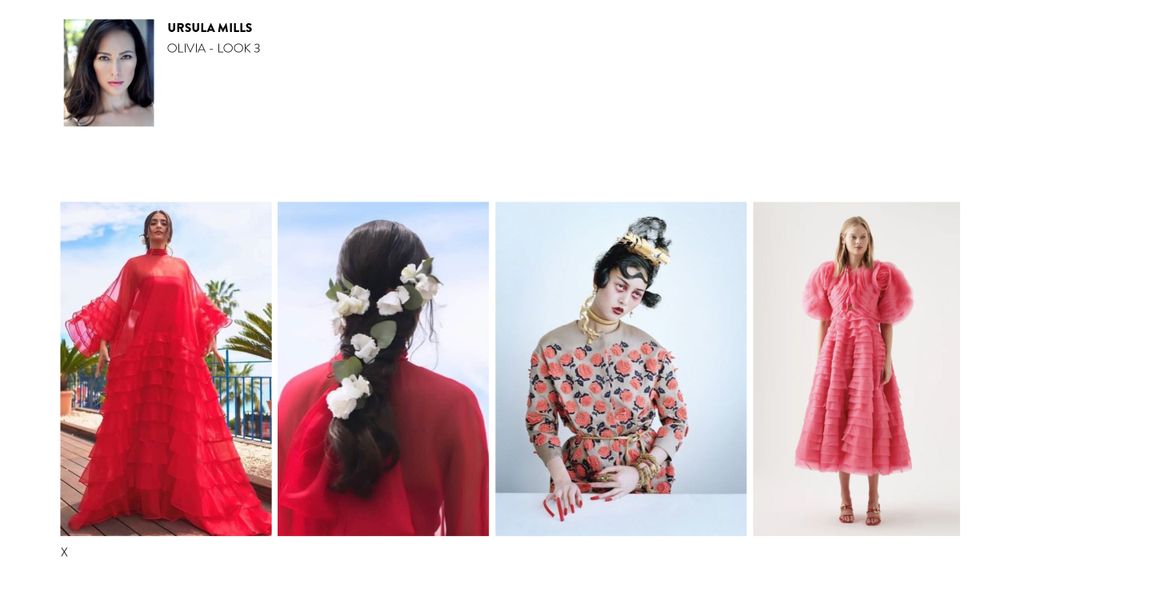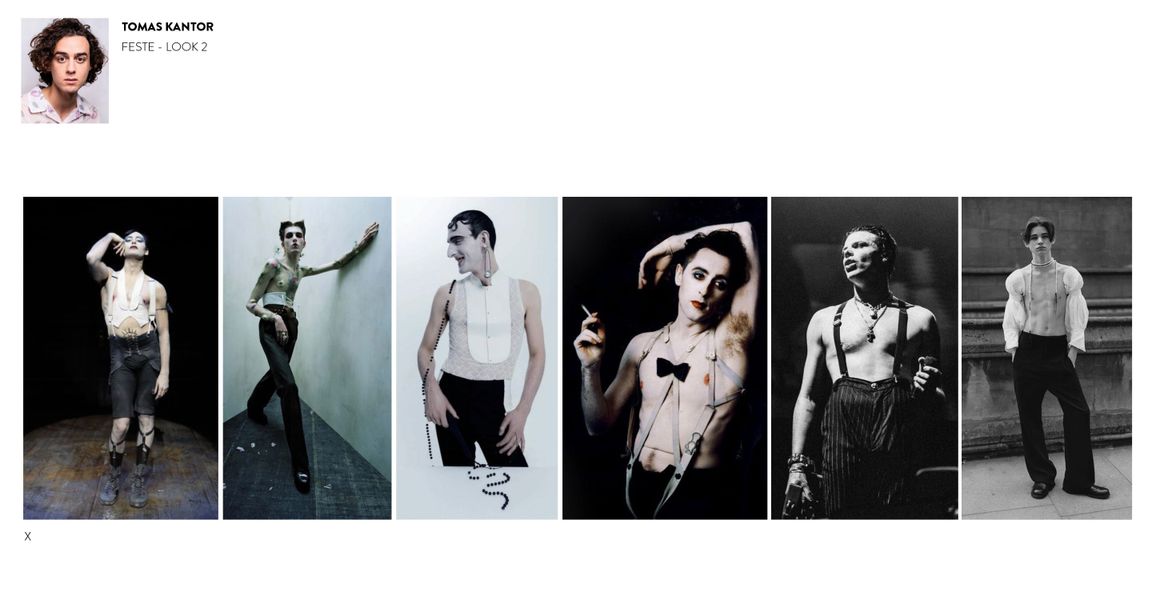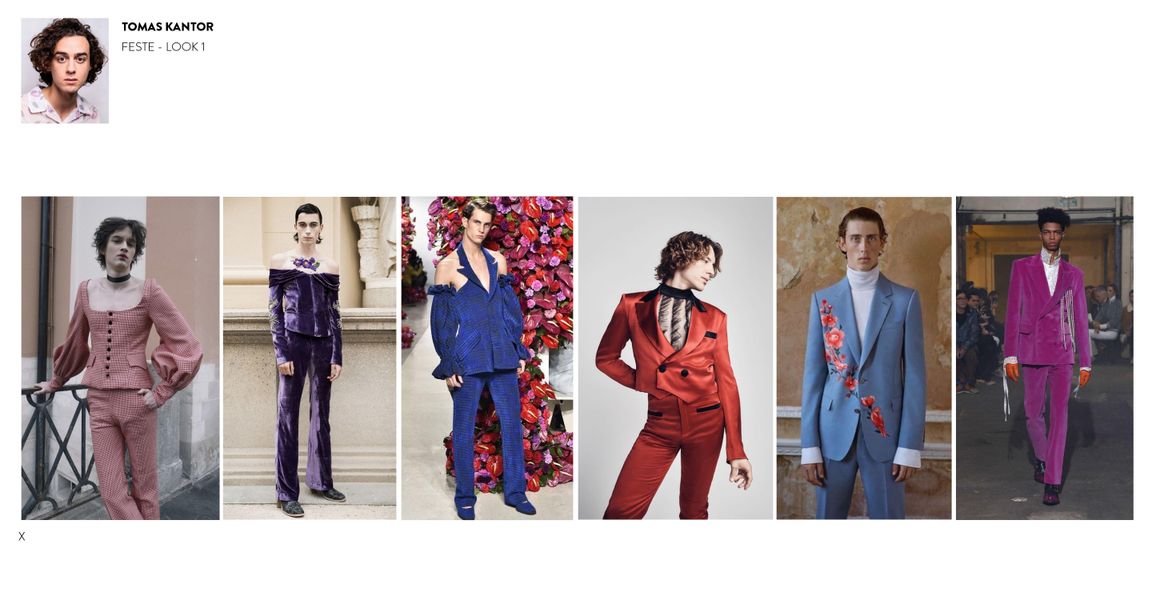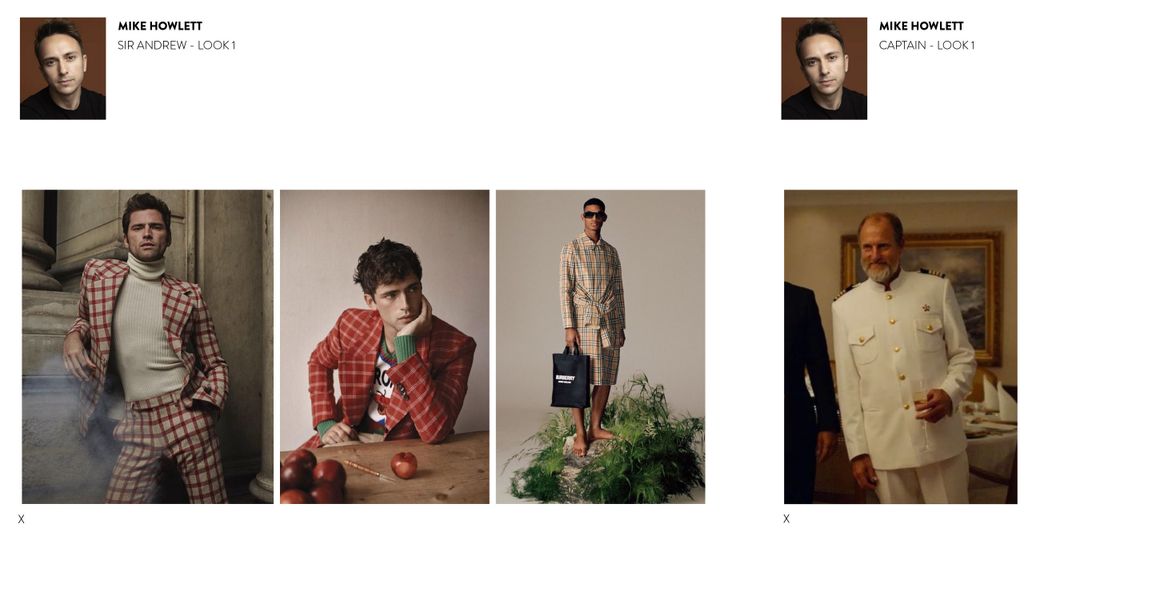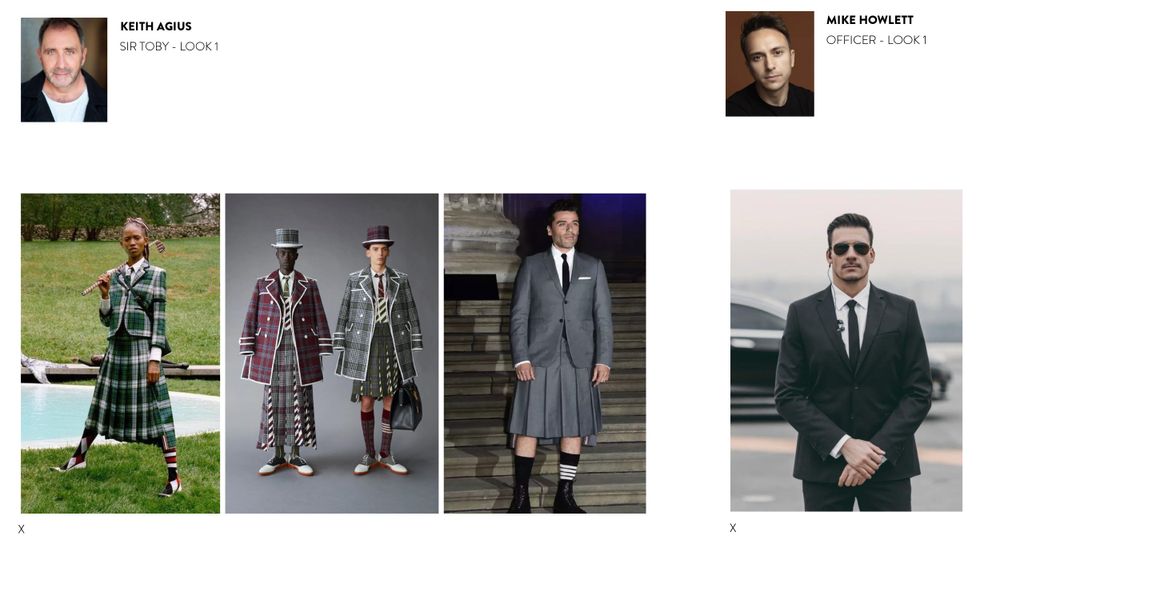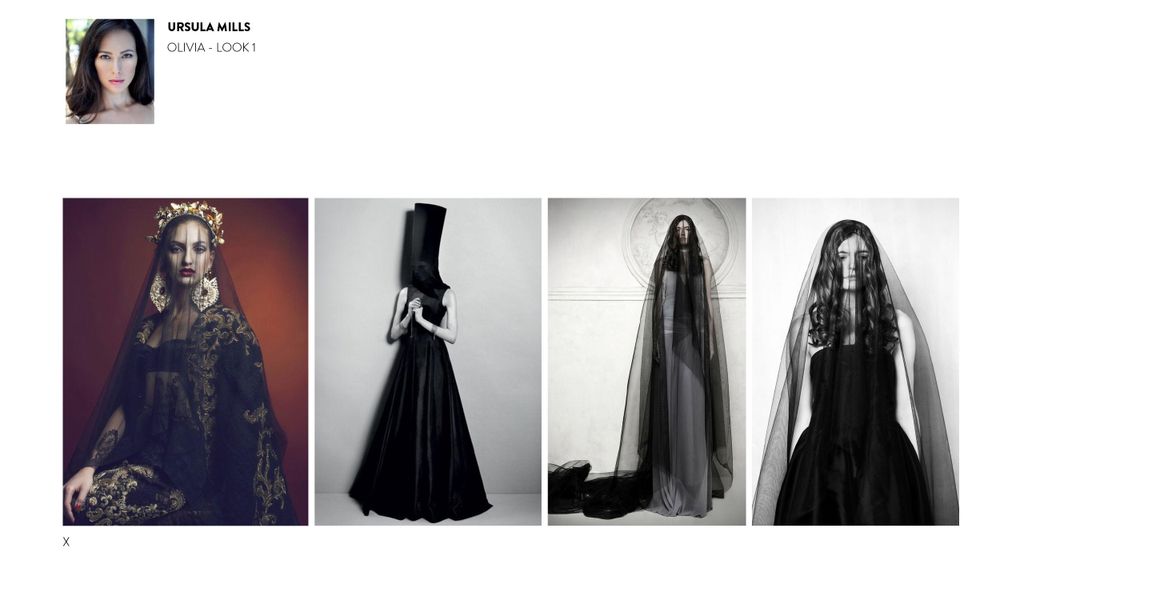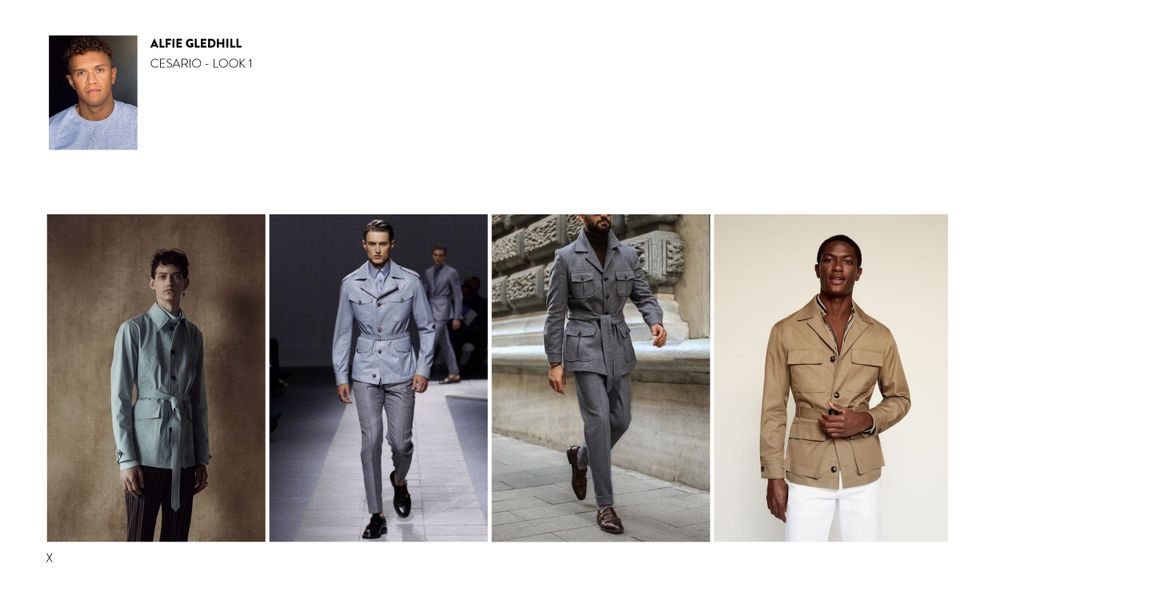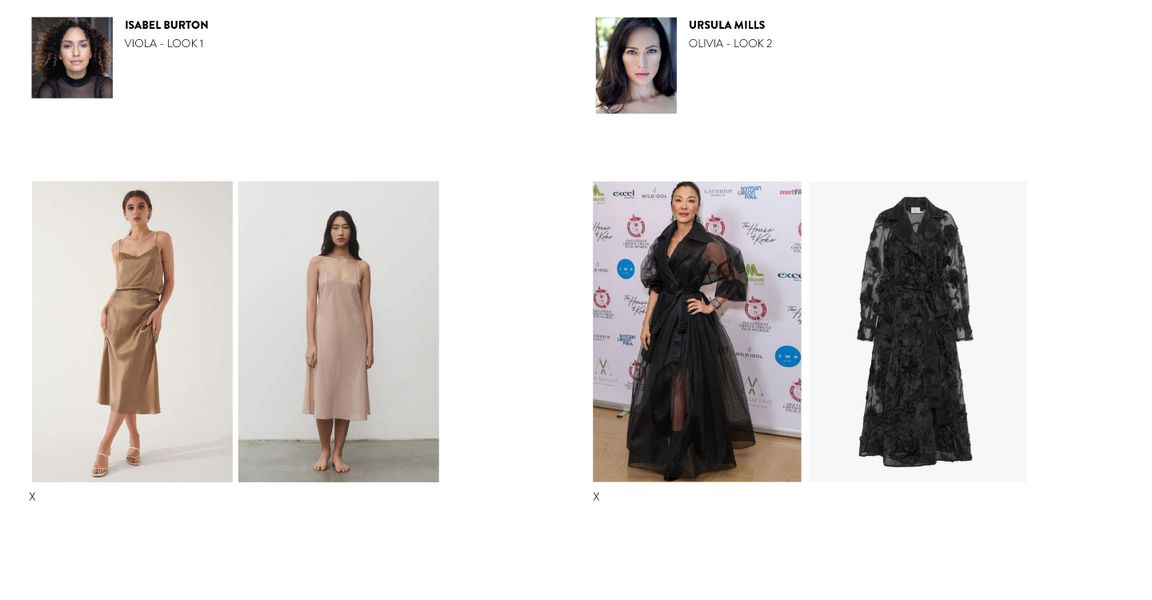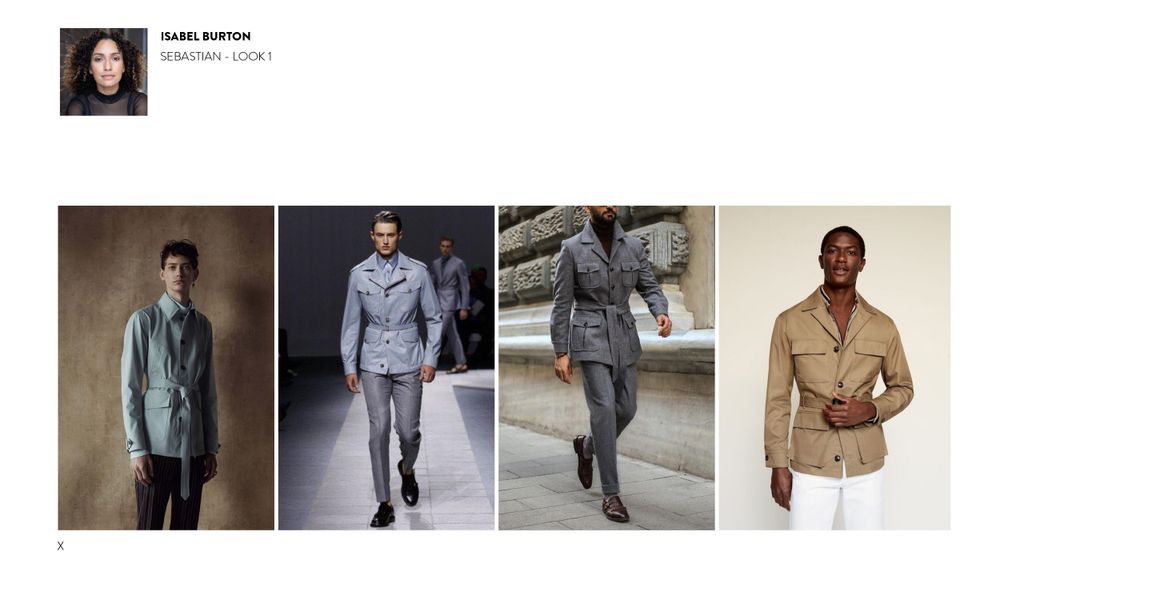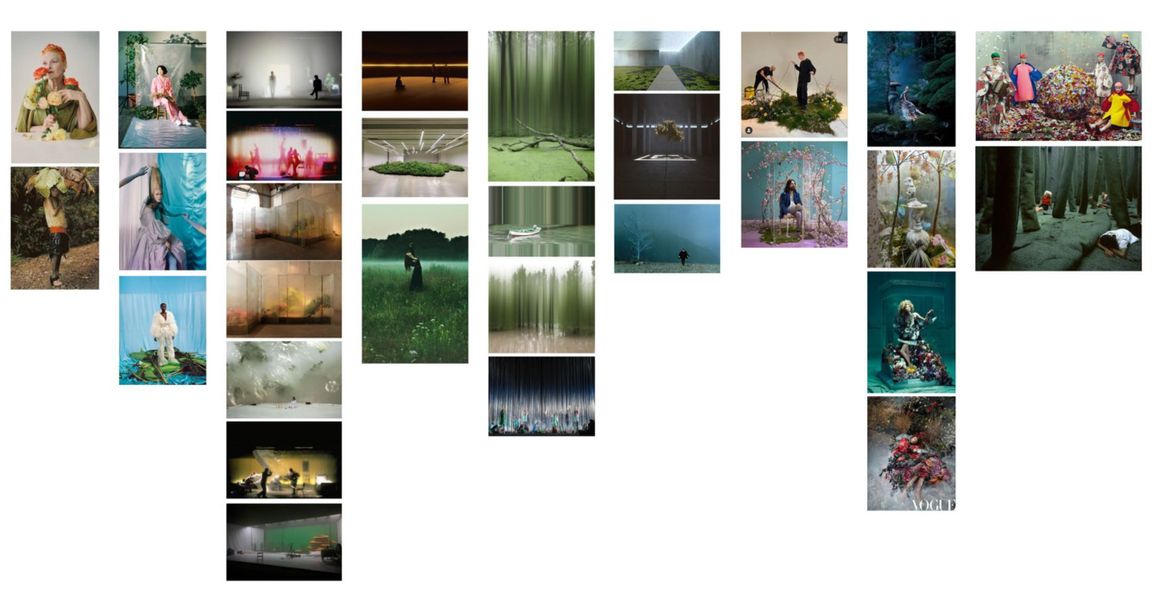
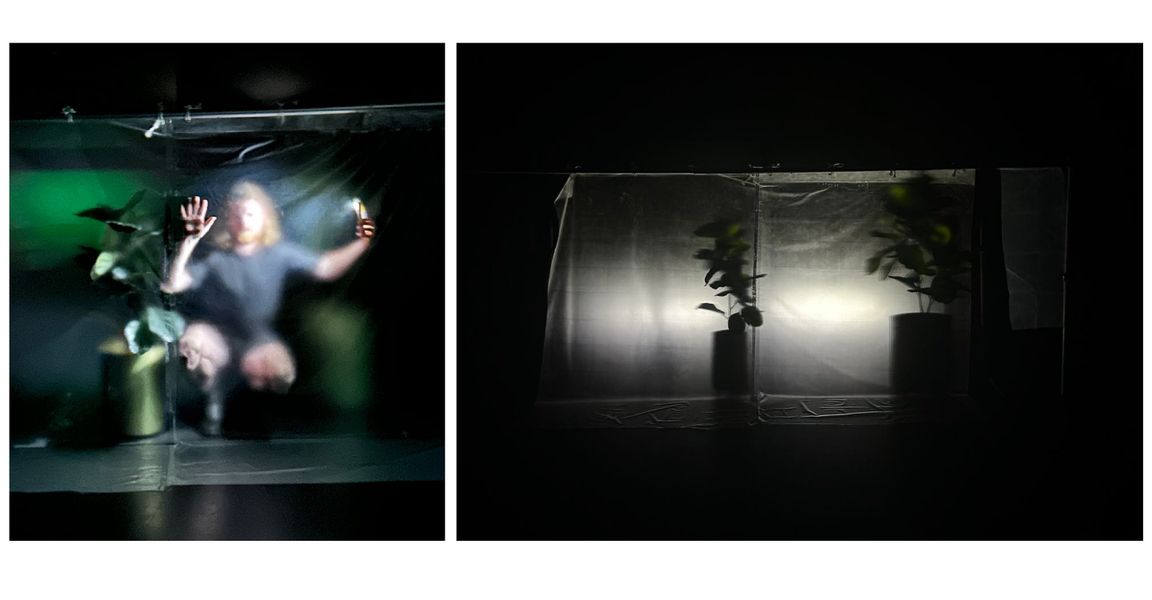
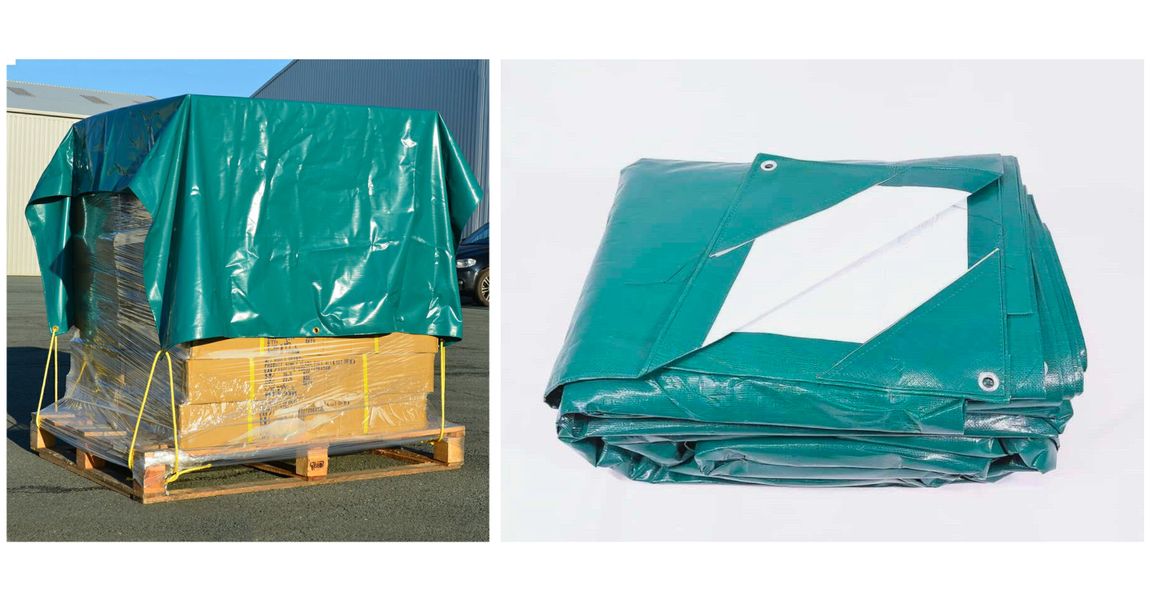

Twelfth Night
Take a look at Director Heather Fairbairn's directorial vision, and Charles Davis' set and costume designs for the 2023 production of Twelfth Night
Director Heather Fairbairn, in conjunction with set and costume designer Charles Davis have set this production of Twelfth Night in an 'ahistorical nowhere'. A fictional place of imagination, removed from the here and now with no fixed time and no fixed place. Like the play's alternative title. What You Will, the audience can make of the setting what they will.
Tonally, this production grapples with the contradictions and dissonances embedded in Shakespeare's original text. While ostensibly being a romantic comedy, the action begins set against the backdrop of grief. Olivia has lost her father one year ago, and her brother more recently. Viola and Sebastian have recently lost their father, and at the beginning of the piece, they presume the other is dead. The play begins in this grief-stricken, melancholic stasis; not something you would usually find in a romantic comedy. As the story progresses, we move from this melancholic stasis, through sexual confusion, to celebratory betrothals. The only thing constant in the world of Twelfth Night is change.
There is a recurring motif in the play of the lifecycles in nature, in particular their brevity, such as the short life cycle of a rose that blooms and then dies briefly afterwards. This imagery of the lifecycles in nature heavily informs the design. Natural and synthetic textures have been clashed together to undercut these motifs of nature with artifice and further build on the dissonance and doubleness that is inherent in the play.
This production explores these images of the natural world and the lifecycles of nature as a metaphor for our own mortality. This outlook encourages us to live in the current moment, seize the day, embrace love in all of its guises regardless of gender, sexuality, economic status or class. Live in the moment, because it will all be gone soon. As Feste so eloquently says “What is love, tis not hereafter. Present mirth hath present laughter”. (Act 2, Scene 3)




Charles Davis’ set design explores the deliberate clash of natural and synthetic textures, highlighting the dissonances in themes of love and death in an abstraction of the contemporary world.
A plastic backdrop is used to diffuse light and bodies at certain moments, with light used to signify horizon lines. The back of the stage is hedged with a plant barrier symbolising the veil between the life beyond and the now. A teal tarpaulin is used for the floor, suggestive of the ocean and a garden. The centrepiece on stage is a large dead tree rendered to look hyperrealistic, but able to be pulled apart to frame and redefine the space. The decomposition and rejuvenation of the tree is an overarching metaphor for the journey of the protagonists.
Other key set pieces include a bespoke piano and microphone, a drinks cart, and life rafts indicating the sea voyage and shipwreck that has set this story in motion. The stage space has been designed to include exposed peripheries, where the actors will be visible in a meta-theatrical self-awareness. In this way, themes of distortion and crystallisation, conceal and reveal, are mirrored and explored in the set design.
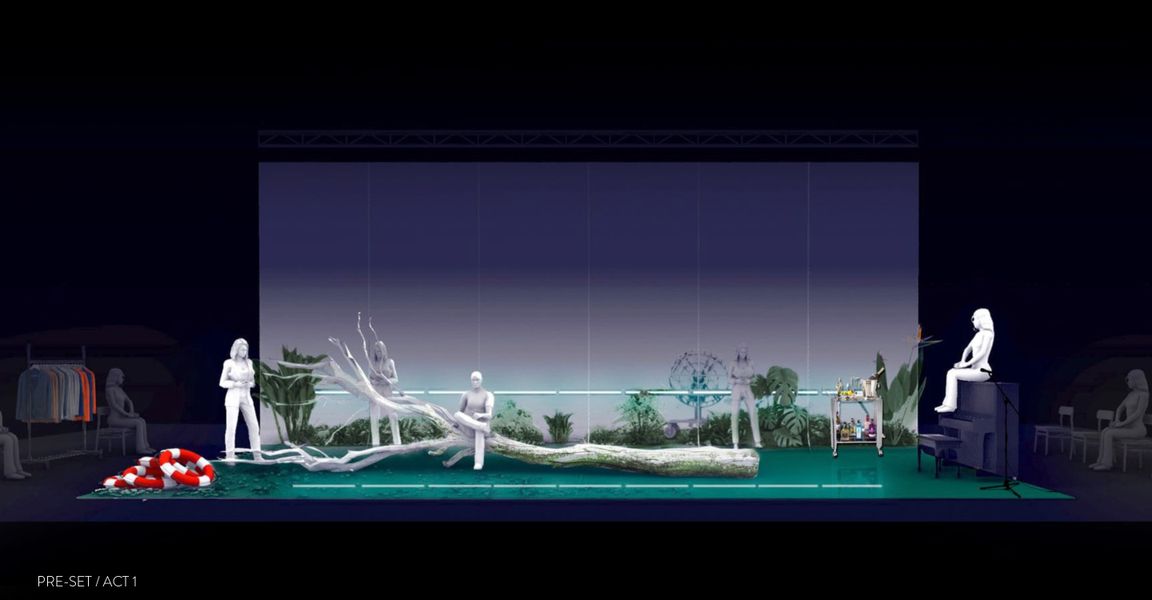
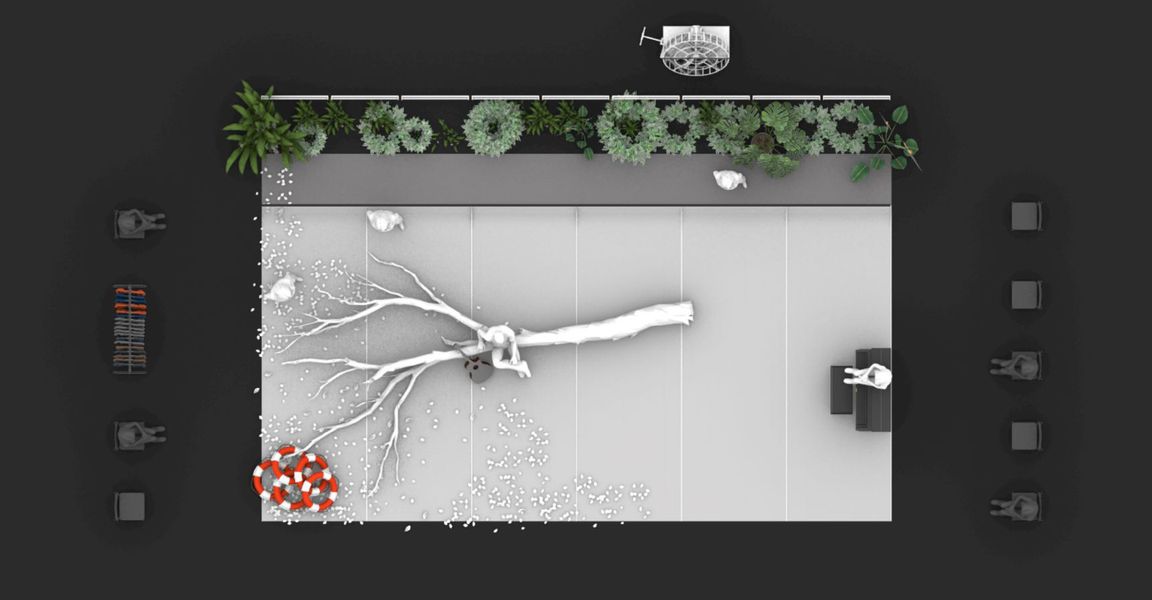

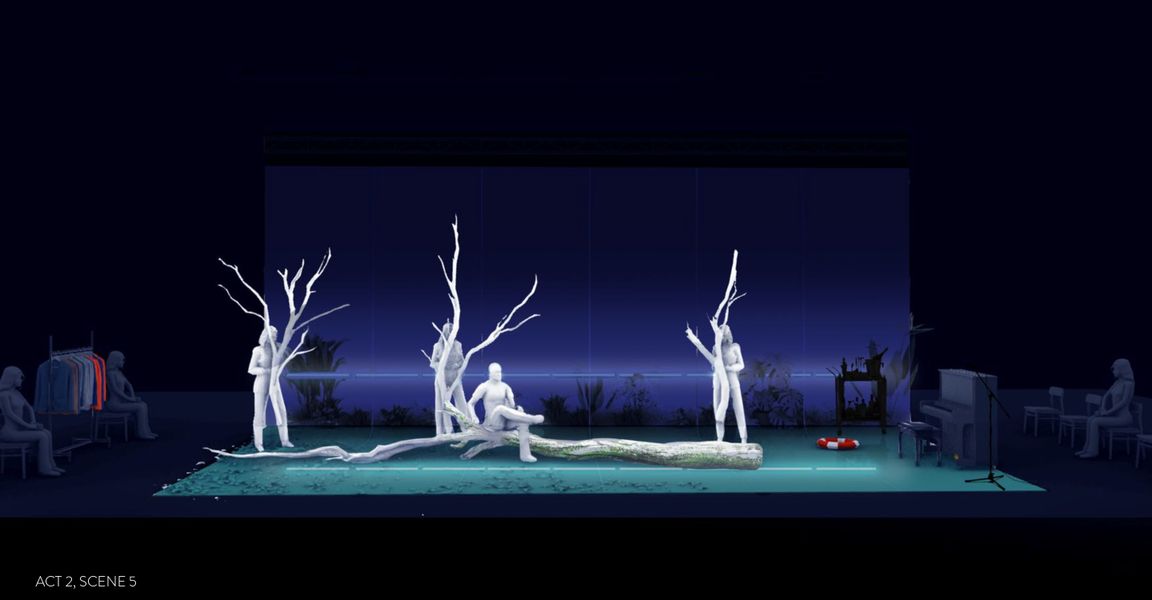
Costume is used to delineate the different physical and emotional states in this production and the play. Colour and texture denote a character's status and power within the world of the play.
We see distinctions in costuming between the court of Orsino and Olivia, as well as the class divide inherent in the play, invoking an 'upstairs versus downstairs' feeling. This will be realised through tailored couture looks for the nobility, contrasted with uniforms for the serving class characters.
Viola and Sebastian’s looks are initially softer in terms of palate and structure compared to the bold and striking attire of the Illyrians. Viola begins wearing a nude slip, which is built upon when they step into the role of Cesario. This costume is evocative of a safari travel suit, drawn perhaps from the found luggage of her presumed lost brother Sebastian.
Orsino will be wearing a bold pink suit, an homage to his romantic nature and longings, and a stark contrast to the green and blue palate of the rest of the world he inhabits.
Olivia’s costumes chart her journey from mourning to sexual confusion and resolution. She begins all in black to signify her mourning, wearing a black shift, a voluminous black velvet skirt and tule veil. Her next costume is the same black shift, covered with a black trench coat. Her final costume is an immaculate pink gown with varying layers and tiers of fabric, signifying her embracement of love.
As a mark of respect and proprietary, Olivia's servants must also wear black to match their mistress' mourning period, seen in the costumes of Maria and Malvolia.
Sir Toby is dressed in plaids, a blazer paired with a kilt. Sir Andrew wears a geometric patterned suit and turtleneck, with matching luggage. The Captain wears a tailored white suit with golden buttons, denoting his status and rank.
Malvolia (traditionally played as Malvolio) has a number of different costumes to match the shifts in her journey. She begins in a black waistcoat with tie and trousers, suggestive of old-world servants and decorum. Her second look is a dowdy dressing gown over a floral nightgown, a rare snapshot of the private Malvolia outside of her working life. The final look Malvolia wears is a deconstruction of the yellow stockinged, cross-gartered reference in the text. She will enter in a long black trench coat, which will be removed to reveal a full yellow PVC bodysuit covered in black leather strapped harnesses, signifying her embracement and self-declaration of love.
Maria wears a corporate service look, black blazer and pinafore, synonymous of a maid's uniform.
Antonio’s costume is a military-inspired, mercenary look of black pants, combat boots and gloves, a counterpoint to the sea captain.
Feste has a number of transformative costume pieces in reference to their ability to traverse both the courts of Olivia and Orsino, as a social chameleon. The layered costume is comprised of a pink reversible jacket with black lining, to be flipped depending on whose court they are in, paired with pants that reveal black cutoffs with suspenders. Feste will blend and interchange their costume pieces depending on the time and place of the action.
